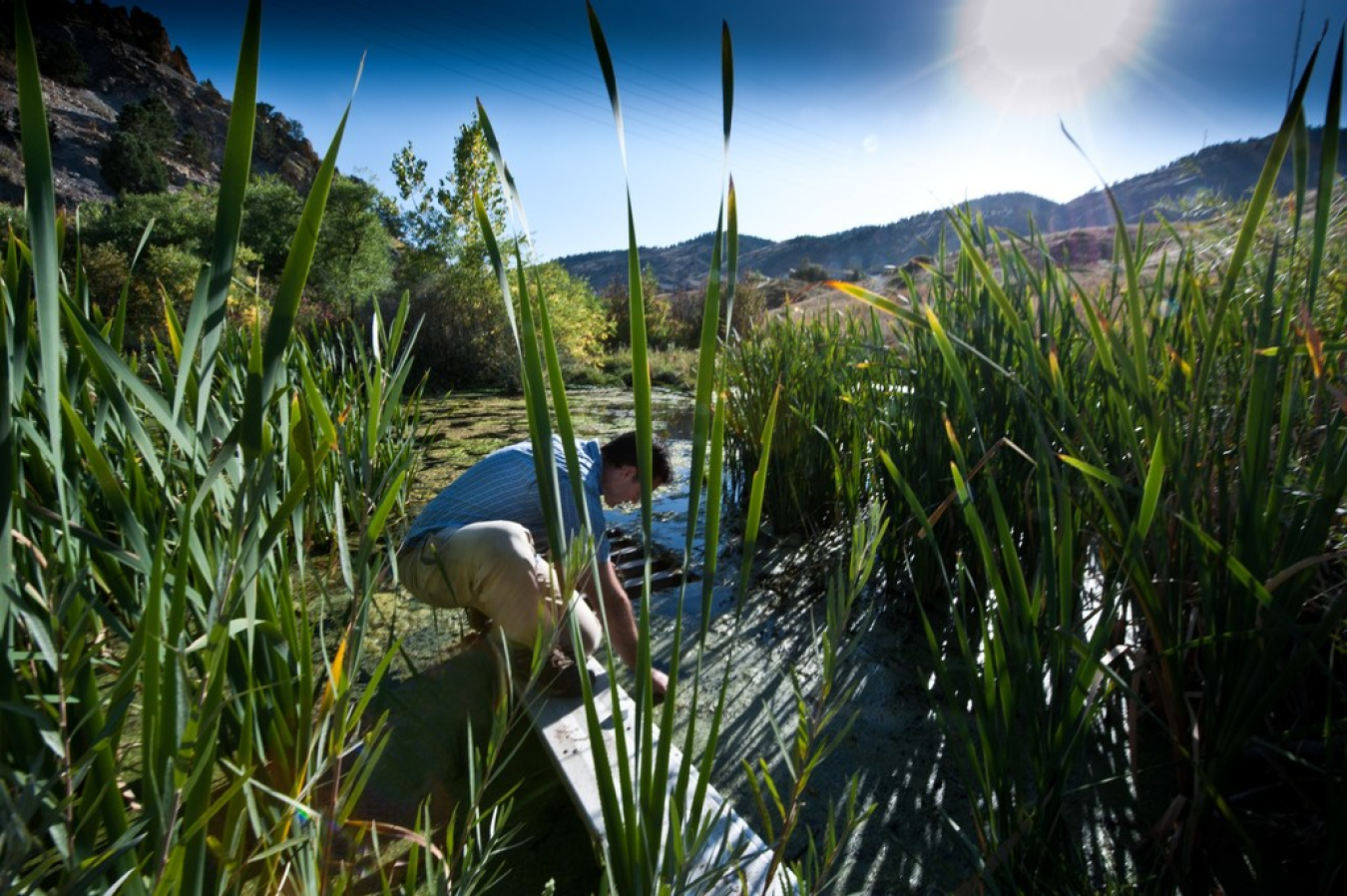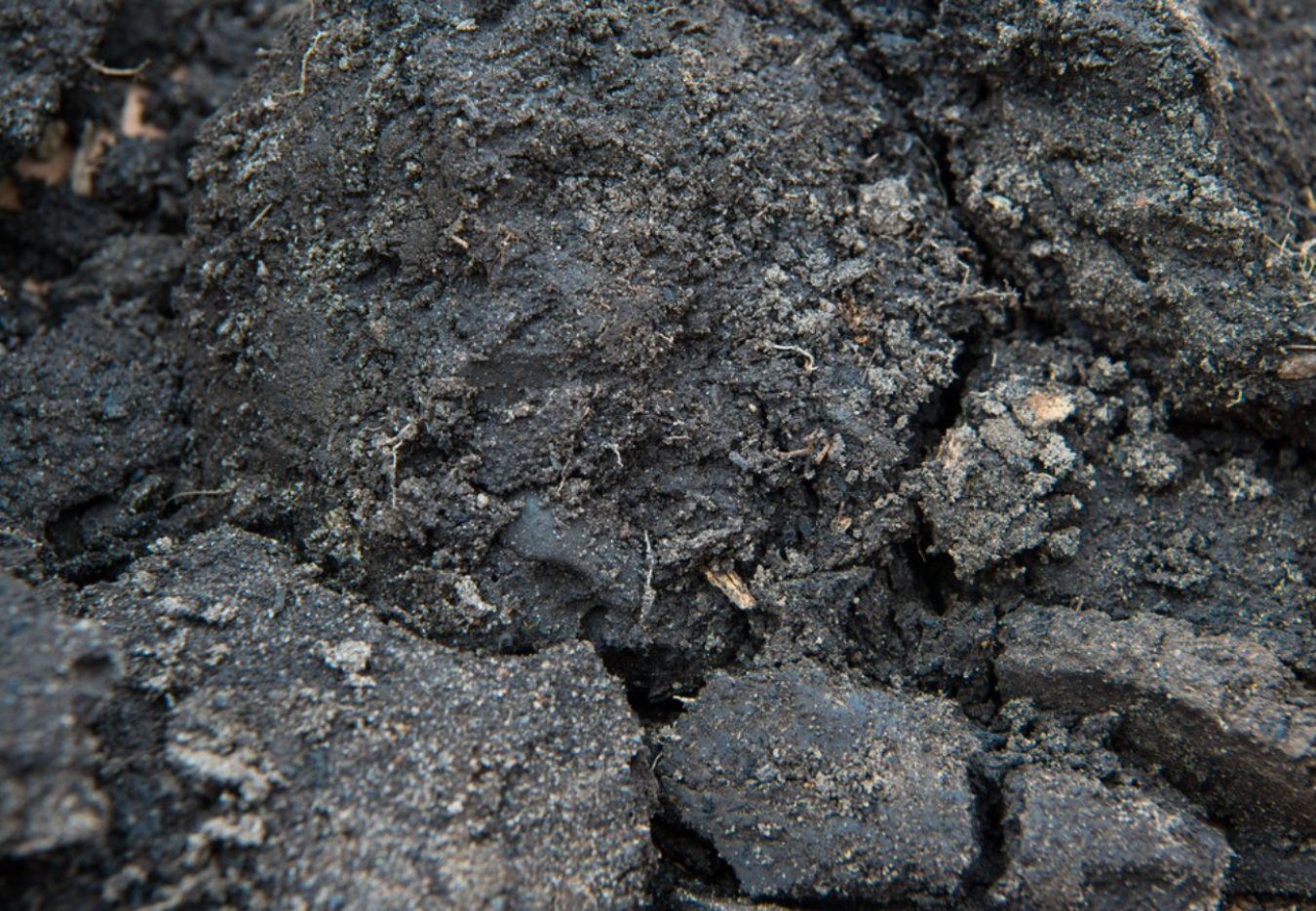To offset GHG emissions from various sectors, sinks are needed for carbon capture. Strategies for soil-based carbon capture include growth of deep-rooting perennial energy crops and cover crops, conservation or no tillage land management practices, and applications of soil amendments, such as biochar and algae-based fertilizers. Forests and other ecosystems can be managed to maximize carbon storage and stability.
RCR supports RD&D needed to assess geographic variability and vulnerability to loss from disturbance, and to account for associated economic and environmental impacts and ecosystem service co-benefits, including land use change, water quality, wildlife habitat, and harvested products. In tandem, RCR supports development of supply systems for forest residues generated from forest restoration and fire mitigation efforts.
As with nutrient management, algae can play a key role in carbon management. Algae grow much better when supplied with a concentrated CO2 source and can readily use CO2 from industrial point-source emissions or from CO2 generated through direct air capture (DAC) technologies. RCR supports RD&D to develop strategies to better integrate DAC units with algae cultivation systems and to increase CO2 utilization efficiency within algal cultivation systems while optimizing CO2 utilization from air. RCR also supports efforts to protect and restore habitats such as salt marshes, mangroves, seagrass beds, and kelp forests, to increase CO2 storage, protect coasts from flooding, and prevent erosion and habitat loss.

Algae harvesting. Photo courtesy of NREL.

Biochar. Photo courtesy of NREL.

